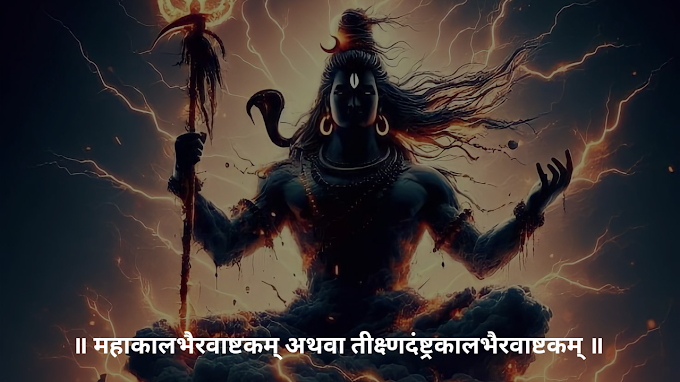Question 1 Chipko came to prominence in 1973 when a group of women from Mandal village in the Himalayas in India “hugged” trees in order to prevent them from being felled. When the loggers came, the women, led by Gaura Devi, surrounded the trees and chanted: “This forest is our mother’s home; we will protect it with all our might”.
ANSWER :
They told the loggers: "If the forest is cut, the soil will be washed away. Landslides and soil erosion will bring floods, which will destroy our fields and homes, our water sources will dry up, and all the other benefits we get from the forest will be finished". Despite threats and abuses the women stood firm until the contractors left four days later.
Word of their actions spread and the movement now known as the
Chipko Movement was formed. Chipko, meaning “hugging” in Hindi,
is the origin of the term 'tree hugger' used for environmental activists.
The Chipko Movement was inspired by earlier protests against tree felling in in India. In 1731 in Khejarli, Rajasthan, India people sacrificed their lives for the Khejri trees which are considered sacred by the community.
The terrible events started when Amrita Devi of the Bishnois faith, which prohibits tree felling, protested against a royal party which arrived intended burning the trees for lime for the building of a new palace.
Amrita refused to pay the bribe demanded for the tree, saying “If a tree is saved even at the cost of one’s head, it’s worth it” and was killed for her act of bravery. More people then stood up to protect the trees resulting in 363 deaths before the Maharaja ordered the felling of trees to be stopped.
Sadly the khejri, still an important support to the rural economy today and now the state tree of Rajasthan, is again under threat. “Many scientific explanations have been offered for the death of Khejri like declining water table and growth of the parasite Gonoderma luciderm, but there is nothing conclusive so far,” says Dr. Mertia, an authority on desert vegetation.
Chipko’s appeal was uniquely wide-ranging. Thus the movement was co-opted, shaped, and popularized by groups as diverse as local and global journalists, grassroots activists, environmentalists, Gandhians, spiritual leaders, politicians, social change practitioners, and feminists. The feminist movement popularized Chipko, pointing out that poor rural women walk long distances to collect fuel and fodder, and thus are the frontline victims of forest destruction (Shah, 2008). The Gandhians accentuated the Chipko movement through symbolic protests such as prayers, fasting, and padayatras (ritual marches) (Shah, 2008). Further, Chipko is synonymous with the growth of ecology-conscious journalism in India and around the world.
The media that the Chipko movement generated went beyond the notion of just saving trees but, rather, was imbued with the belief that the forest belonged to the people, and only they could ensure its wise use (Guha, 1989). And, as the movement spread, and generated more media, it humanized environmental concerns for local, national, and global audiences.
In India, the media generated by Chipko put the notion of saving forests squarely on the political and public agenda of the country. In the early-1980s, India’s Prime Minister, Mrs. Indira Gandhi, ordered a 15-year ban on cutting trees 1,000 meters above sea level in the Himalayan forests (She believed that Chipko represented India’s “moral conscience”). In subsequent time, this decree was extended to the tree-covered forests of India’s Western Ghat and the Vidhya mountain ranges.
And to think that it all began spontaneously by the simple act of hugging a tree!
ANOTHER WAY
As mentioned earlier, the origin of modern environmentalism and environmental movements in India can be ascribed to the Chipko movement in the central Himalayan region in the early 1970s. Chipko movement, launched to protect the Himalayan forests from destruction, has its’ roots in the pre-independence days. Many struggles were organised to protest against the colonial forest policy during the early decades of 20th century. Peoples’ main demand in these protests was that the benefits of the forest, especially the right to fodder, should go to local people. These struggles have continued in the post-independent era as the forest policies of independent India are no different from that of colonial ones. The origin of ‘Chipko’ [chipak jayenge - to hug] took place during 1973. In the early 1973 the forest department refused to allot ash trees to the Dashauli Gram Swarajya Sangha (DGSS), a local cooperative organisation based in Chamoli districts, for making agricultural implements. On the other hand, the forest department allotted ash trees to a private company, i.e., Symonds Co. This incident provoked the DGSS to fight against this injustice through lying down in front of timber trucks and burning resin and timber depots as was done in Quit India movement. When these methods were found unsatisfactory, Chandi Prasad Bhat - one of the leaders, suggested of embracing the trees and thus ‘Chipko’ was born (for details see Bahuguna, 1990 and Guha, 1989). This form of protest was instrumental in driving away the private company from felling the ash trees. With its success the movement spread to other neighbouring areas and subsequently the movement came to be popularly known as Chipko movement internationally. From its beginning the Chipko movement concentrated on ecological issues such as depletion of forest cover and soil erosion.
Three important aspects were responsible for the success of Chipko movement. First, the close links between the livelihoods of the local people and the nature of the movement. The local people consider Chipko as a fight for basic subsistence which have been denied to them by the institutions and policies of the State (Guha, 1989). In addition, specificity of the area where Chipko movement took place; involvement of women in the contribution to households’ subsistence and the overwhelming support to anti-alcohol campaign have led to the overwhelming support of women which is unique to the Chipko movement. The second aspect is with regard to the nature of agitation. Unlike other environmental movements Chipko has strictly adhered to the Gandhian tradition of freedom struggle, i.e., non–violence. Third, the simplicity and sincerity of the leaders like Sunderlal Bahuguna and their access to national leaders like Mrs. Indira Gandhi, other politicians and officials also helped to the success of the movement to a large extent.
The demands of the Chipko movement were as follows:
i) complete stoppage of cutting trees for commercial purposes;
ii) the traditional rights should be recognised on the basis of minimum needs of the people;
iii) making the arid forest green by increasing people’s participation in tree cultivation;
iv) formation of village committees to manage forests;
v) development of the forest related home-based industries and making available the raw materials, money and technique for it; and
151
vi) giving priority to afforestation in the light of local conditions, requirements and varieties.
What is distinctive about Chipko movement is that it was the forerunner as well ‘as direct inspiration for a series of popular movements in defense of community rights to natural resources. Sometimes these struggles revolved around forests, in other instances, around control and use of pasture, mineral or fish resources.






0 Comments
Please do not enter any spam link in the comment box.